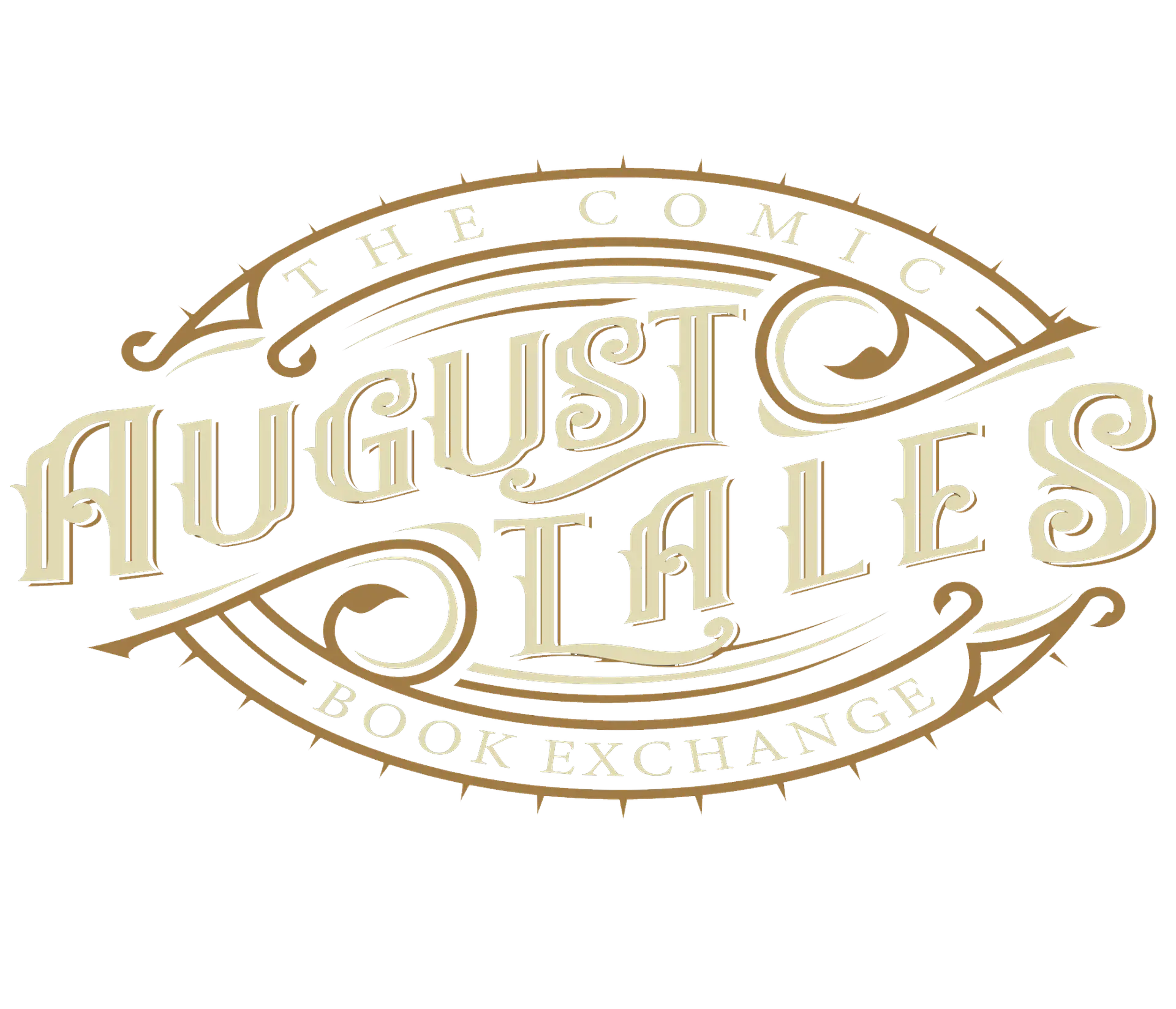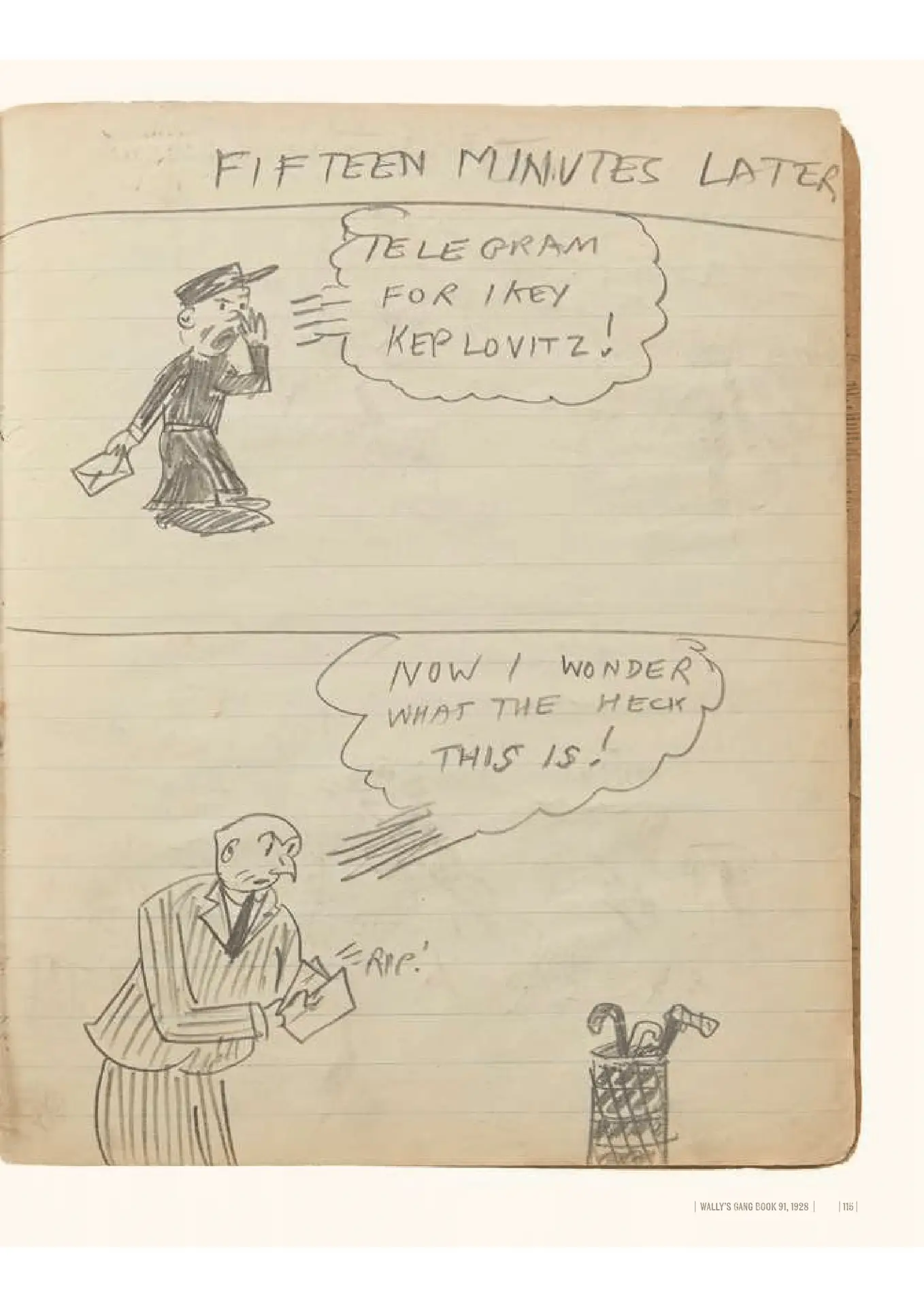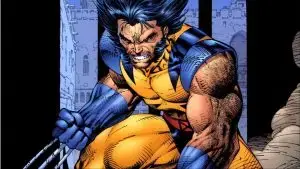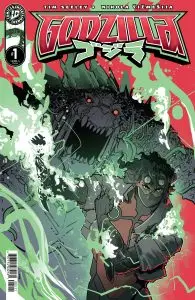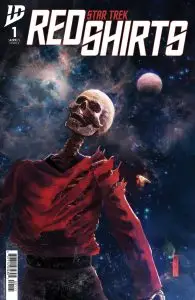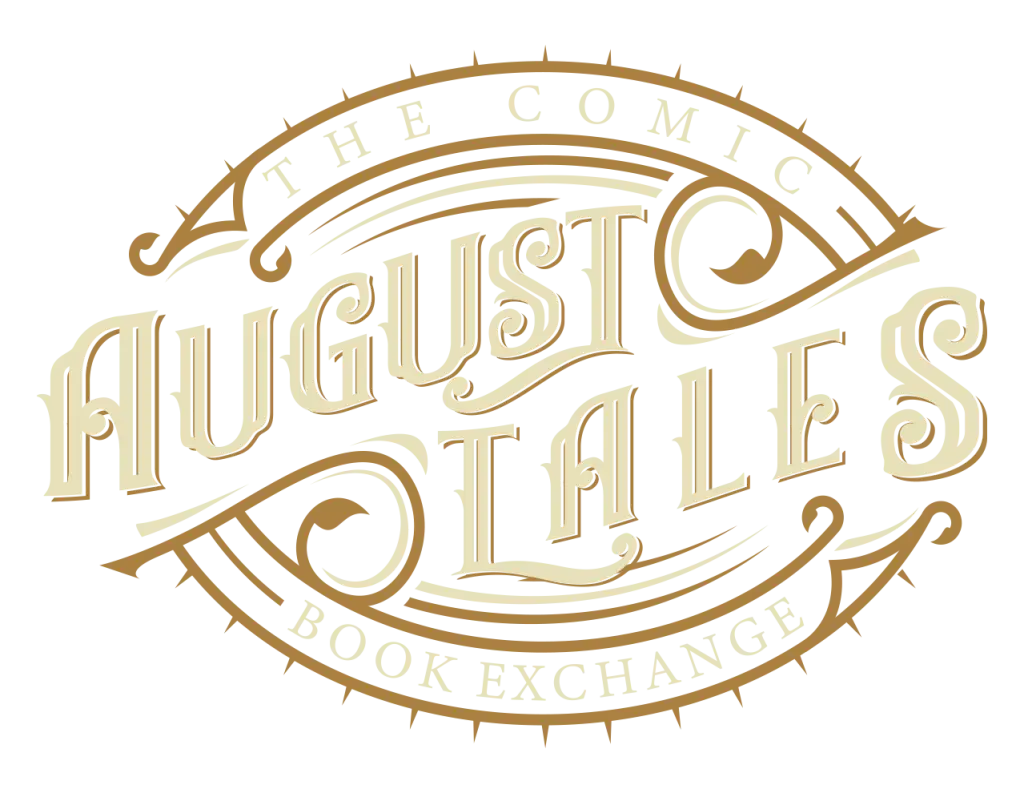“Unmasking the Secret Pioneer of American Comics”
Furtive Writing Phenom Frank Johnson
Throughout most of my life, discussing my creative aspirations with my family felt like tackling a wily rhinoceros. Publishing creative writing secretly seemed less treacherous, each story and poem finding asylum within the vast and chaotic Internet’s bosom, safe from the judgment of blood relatives. However, the desire to be read prickled incessantly, hinting at the art of creation’s fundamental contract – that the reader and the artist share the limelight in equal measure. Indeed, as Sufjan Stevens said, “Once the myth has been told, the lens deforms it as lightning.” These words encapsulate the symbiotic relation between artist and audience, hinting towards art’s inherent desire for communication, conversation and connection.
Dusting Off the Literary Mystery of A Reclusive Genius
Our discourse is challenged by the recent unveiling of a comic anthology – Frank Johnson: Secret Pioneer of American Comics, Vol. 1: Wally’s Gang Early Years (1928-1949) and The Bowser Boys (1946-1950). A colossal 600-page tome, it is the first in a two-volume series edited by Keith Mayerson and Chris Byrne. The series shines a spotlight on Frank Johnson, an enigmatic cartoonist who secretly crafted comics for a monumental 51 years till his death in 1979. To clarify, even his family was cluead out about his clandestine comic endeavours! For those who appreciate a dash of theatrical drama, this backdrop proves more enticing than the actual works.
The Artist Unseen: The Perennial Question of Art’s Existence
Holding the volume in my hand, I can’t shake a question: What truly is an artist without their audience? It brings to mind the success of Kafka, reliant on Max Brod’s broken promise, and the complex ethics surrounding posthumous releases, particularly when there is scarce information about the artist. In Johnson’s case, the lack of knowledge forms a wide abyss, filled with uncertainties and question marks. This complex narrative transforms the comics from a simple artistic endeavor to a time capsule revealing a forgotten narrative shadowed by enigma.
First Impressions and Reverberating Laughter
While the anthology itself is cloaked in mystery, an ironic departure unveils itself in the familiarity and approachability of the comics. The clandestine air dissipates as you flip through comic strips which hinge on relatability and legibility. Yes, these were created in secrecy, whether they found an audience or not did not alter their essence. These were gag comics, mirroring the philosophy of cartoonist Ernie Bushmiller who believed effectiveness superseded all else in a gag comic.
A Consummate Emulator & Charming Savant
Johnson seemed to have an intrinsically casual attitude towards social perceptions and his work’s potential viability, focusing on the core the charm and mirth of his comics. Johnson’s comics are no echo of the tension and trauma-riddled works of Henry Darger. Instead, they emulate the prevalent comic mode of the time, a testament to his keen observation and knack for reverse-engineering. In the grand scheme of things, Johnson remained approachable, even with no direct audience approaching him.
A Curious Comical World & Endearing Characters
Delving into Johnson’s work, one gets the feeling that the author understood his world only broadly. A childlike perception of the adult world, filled with social clubs and friendships, constitutes much of his narrative, but the day-to-day operational details are left hazy. Despite this, Johnson’s charm saves the day, pulling us into the comedic universe he creates.
An Unintended Glimpse into the History and Evolution of Comics
Johnson’s 51-year-long journey of creating comic strips parallels the changing landscape of comics, both as an art form and business. However, Johnson’s work arguably lacks the usual intent to reach or inform a wider audience. Instead, it asserts the existence of art as a psychological/sociological impulse existing independently and in defiance of the collective ‘culture.’ The unceremonious secretiveness of his work underscores art as an expression that fulfills a self-contained need, framed by its own context and existing beyond societal structures.
Weighing the Revolutionary Impact of The Silent Pioneer
Despite the position held by the anthology’s editors, Frank Johnson may not be the revolutionary game-changer they believe him to be. The title ‘pioneer’ often implies traversing unknown territories with an audience in tow, bearing witness to their feats. On that account, the concept of a ‘secret pioneer’ seems oxymoronic. Johnson’s work doesn’t carry the revolutionary weight they suggest. Sudden Boons and Noble Directives. Johnson’s whimsical sketches may safely fit into the celebrated anthology of American comics, filling gaps rather than turning the pages of history.
In the End, A Simple Testament to Artistic Life
"In all of us, there is a Frank Johnson," one might say, "for the purpose of the artist is simply to be alive and see where that carries you." Art does not always revolutionize or change the world dramatically. Sometimes, it’s the simple joy of creation, in solitude or company, that’s fundamental. Johnson’s secret cartoons reaffirm this belief, reminding us there are more ways for art to exist and more stories waiting to be discovered.
#comics #comicbooks #graphicnovel #graphicnovels #augusttales
Image credit: www.tcj.com
